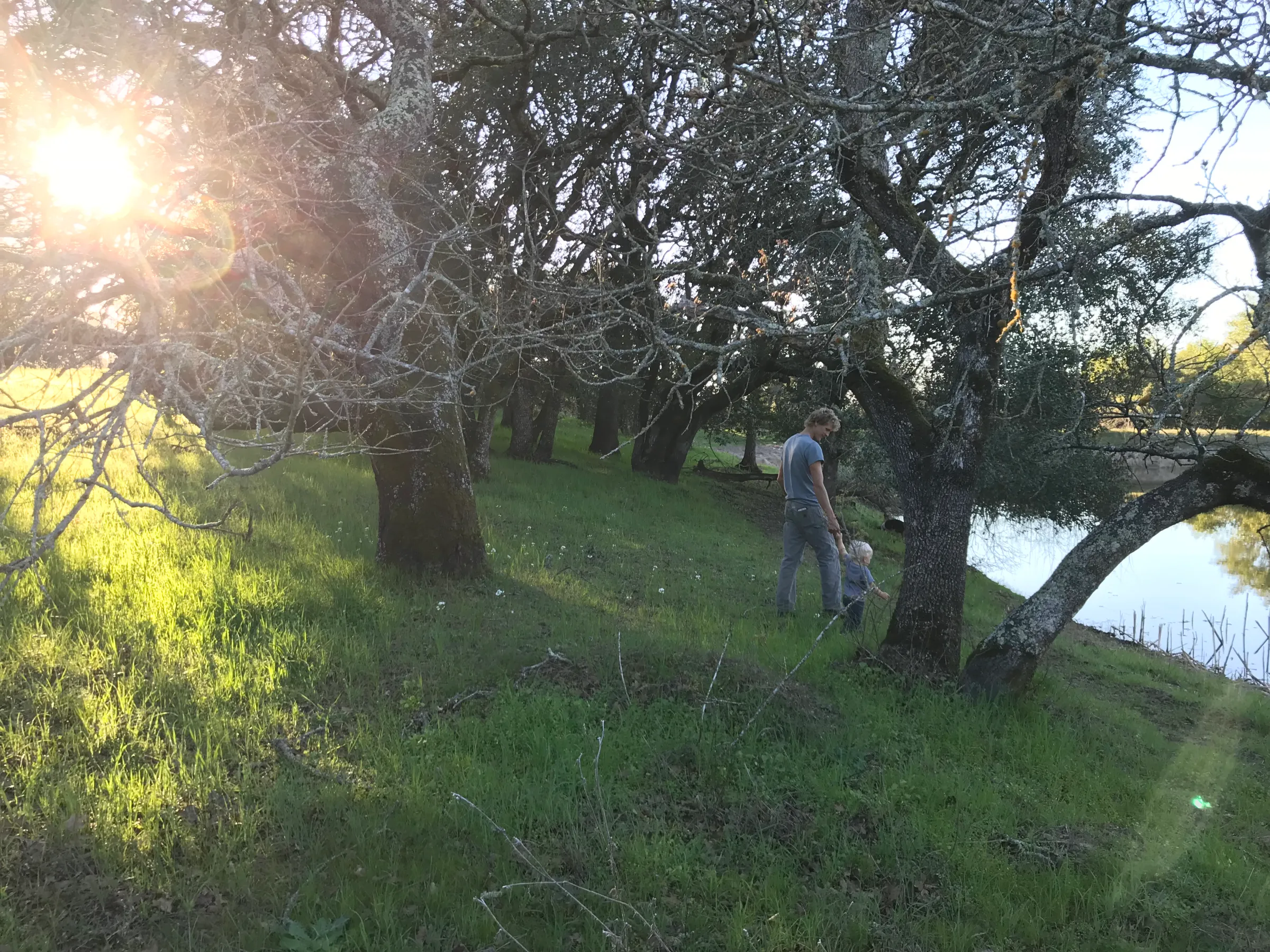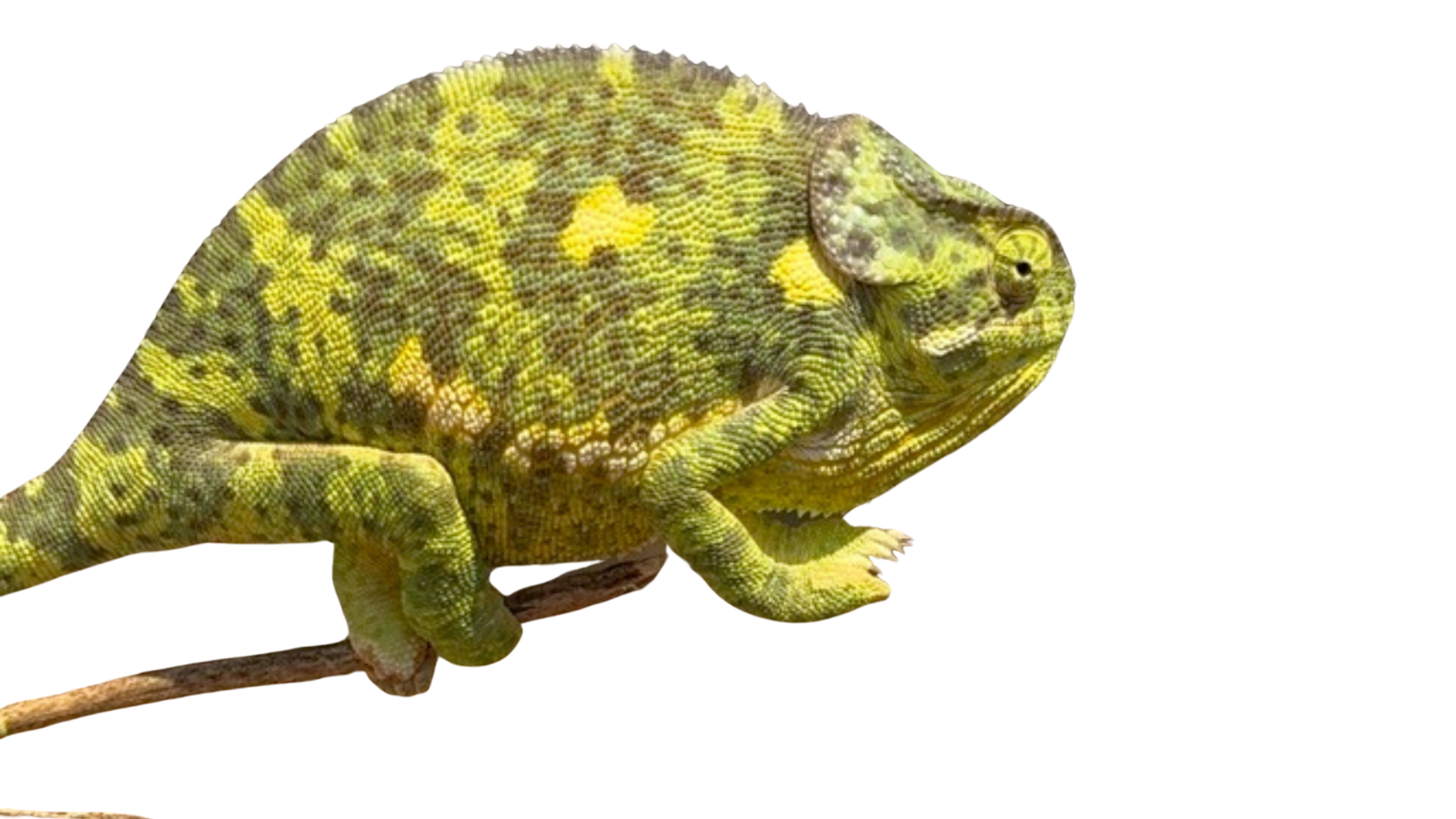The Bentgrass Blog articulates a worldview that threads the needle between the techno-fantasies of the futurists and the head-in-the-sand tactics of the luddites. So, I would be negligent if I didn’t take the opportunity to comment on CRISPR in real time. And make a pitch for CRISPR and GMOs for nature.
My thoughts were on 1945 a few weeks ago. We bought two loads of cattle out of King City and I picked up both loads with the stock trailer. This meant I spent about fifteen hours in the truck. So I had lots of time to think, and listen to the radio.
On the radio, Stephen Dubner of Freakonomics Radio was interviewing Jennifer Doudna to learn about her Crispr Cas9 technology, and to congratulate her on her future Nobel Prize. This is a technology that everyone needs to learn about, sooner rather than later. CRISPR is a technique for precisely adding and subtracting genes to and from any organism. Any organism, including humans. This will allow us to counter horrible genetic diseases, as well as breed children with amazing golden eyes.
Stephen Dubner said he couldn’t help but tremble at some of the implications of this technology, despite the fact that he doesn’t want to be one of those knee jerk reactionaries that oppose technologies that
seem so extraordinarily good. Just so I don’t paint myself as one of Dub’s knee jerk reactionaries I want to reiterate that we need a large number of new technologies to get us out of the fix we are in. In fact I am particularly excited about CRISPR and GMOs for nature.
But this is where 1945 comes in. In that year the earth was introduced to the first technology that could, with the help of only a tiny number of people and in a very short time period, totally and irretrievably alter the conditions of this planet that we call home. In 2012 another such technology was developed. And they called it ‘CRISPR.’
In particular, there was a moment in this interview where I parted ways with Dub and Doud over this technology. At one point, Doudna pointed out that “Humans have been changing the genes of plants for thousands of years.” To this Dubner says, “And thank god they have!” HaHaHaHa! Everyone laughed. Except for me. I didn’t laugh for the little reason that I suddenly lost quite a bit of confidence in our ability as a civilization to survive. To understand what I mean I have a book for you.
Since I spent years researching and discussing the nuances around the origins of agriculture, I have a few things to say about this offhand comment. The implicit idea shared by Dubner, Doudna, and many others in our society is that the multi-millenia long process of plant selection for human use (ie agriculture) is an unblemished good for humans. This is a subset of the idea that it is technology that creates human well being. This comment shows me that the creator of this very powerful technology has a basic misunderstanding of agriculture, and (therefore) technology. This is what scares me, not CRISPR per se.
Despite all its perils and parallels to 1945, CRISPR and other GMO technologies offer much better prospects for helping humans and the ecosystem than nuclear fusion. This is almost what makes it dangerous. If we are going to harvest these benefits than we need to deal with this devil and that exposes us to the dangers inherent in it. So we have to really understand what we are doing before hand.
In this vein I am going to spend the next few blog posts discussing the ups and downs of CRISPR and other related Genetic Modification technologies through the lens of a savanna dwelling primate. I will start by surveying the current role that GMOs have (or don’t have) in our ecological problems. Next I will discuss the problems inherent in CRISPR/GMO technology and go on to discuss some of the ways that we can make CRISPR and GMOs for nature a reality. In the meantime, read that 450 page book I keep referencing so that we are on the same page, and we’ll meet up back here at our Bentgrass patch.
Almanac
Back down to earth for a second. In the Almanac section I discuss the actual things that we are seeing on the ground in our day to day operation.
This week finally brought us some rain, after an almost rainless February. February is usually a very rainy month for us. Despite the fact that we are very dry, it has been a good grass season so far. This is because we usually get a ton of rain in December, January, and February. But here on the California coast, rain brings cold weather. When it is dry, we have highs in the 60s, warm enough to grow grass but rain comes with cold fronts. As a result you often face the prospect of a cold wet winter or a warm dry winter. Either way, something is limiting the grass growth. Last year we had an extremely wet year, but it was so col

d that most of that rain just rain off because it was too cold to grow any grass until practically May. This year we had enough soil moisture from January to have a great flush of growth in February. If we get good rains in March we could have the best of both worlds. The Madden-Julian Oscillation might be poised to help us out with that. Otherwise we will be shipping early.
Despite the good February, we are cutting it a little close as far as grass goes on some of our properties. In all likelihood, at least on one property, we will be moving into the next paddock before all the grass has reached the ‘three leaf stage’ (see image to the right). I am not too worried about that; the paddock in question is enormous and they will still be in there long after the average plant has three leaves. And in three weeks the grass on the entire ranch will have three leaves and we will need to be everywhere at once, wishing we could move faster. Besides, I have been cautiously backing off the three leaf rule for a while now. I feel that our five years of vegetation monitoring have underlined the fact that not grazing enough is just as bad, or worse, for biodiversity and production than grazing too much. I have been criminally negligent on crunching the numbers for 2017 but hopefully now that Kate Sindt is on it, those numbers will be available soon. No doubt they will be the topic for many future almanac sections.

